- Mon-Sat : 10:00 AM – 8:00 PM
Hydromax™ delivers affordable, whole-house soft water that banishes scale, protects every appliance and leaves your skin and hair feeling silky after every shower. Enjoy reliable performance, eco-smart regeneration and local support backed by our free in-home water test.
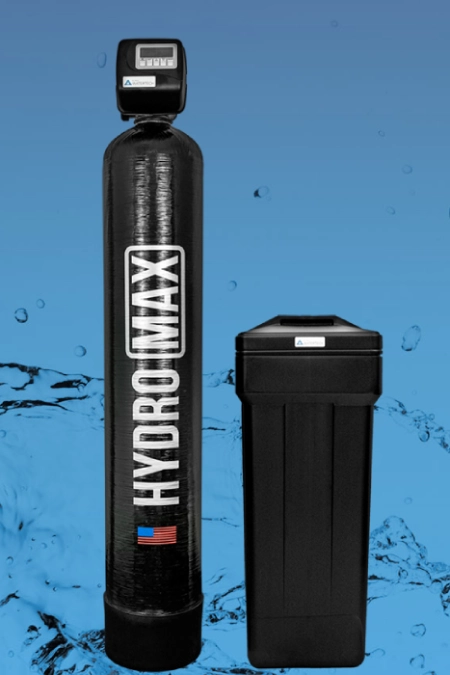
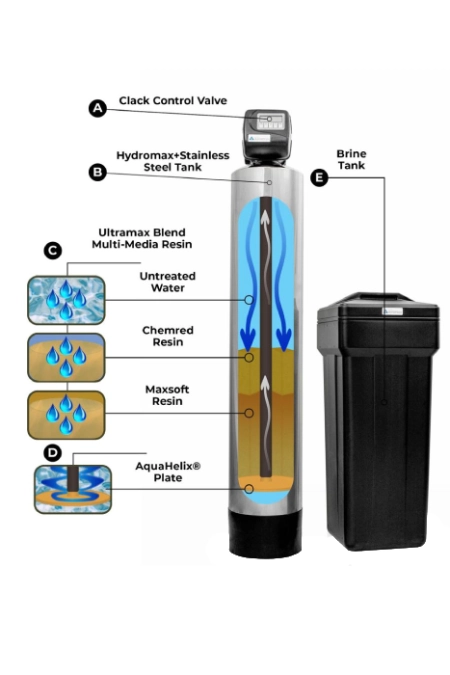
Hydromax Plus™ pairs dual-resin softening with inline filtration to deliver silky, great-tasting water at every tap. Its smart metered valve and Aquahelix® design cut salt and water use while shielding your plumbing and appliances—perfect for hard El Paso water.
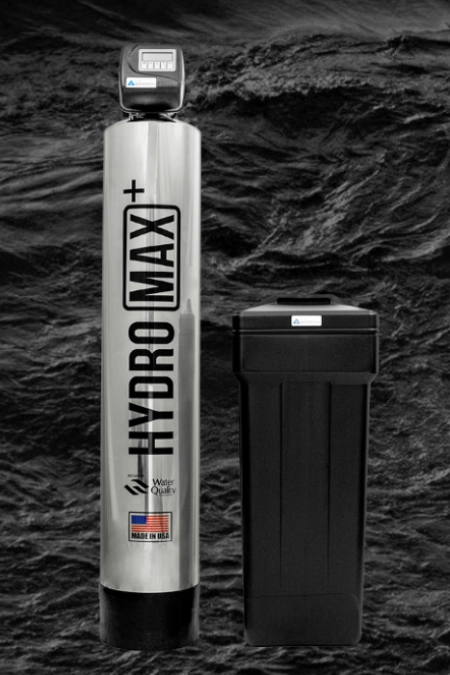
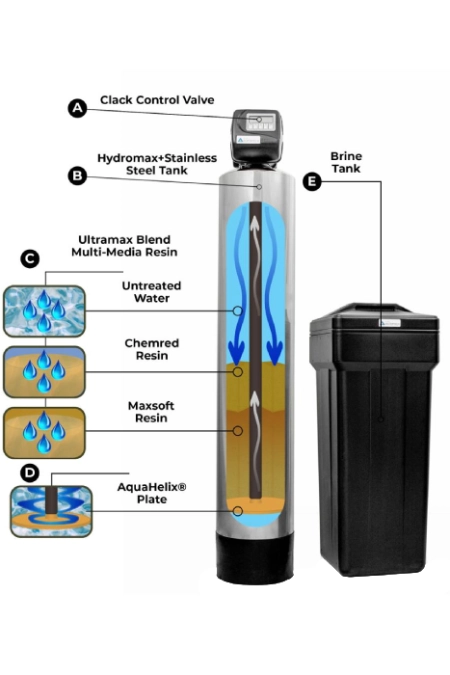
Alka-Duo™ transforms your kitchen tap into a fountain of crisp, mineral-rich alkaline water—no bottles, no fuss. Its dual-stage media strips chlorine, heavy metals and odors while boosting pH for smoother taste, better hydration and everyday wellness. Enjoy healthier water 24/7, save money and help the planet with a compact system installed by local pros.
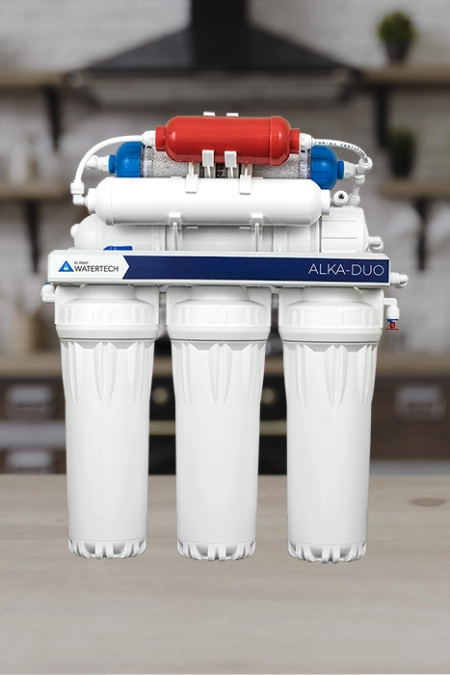

Request your free in-home water test—our licensed local team serves El Paso, Horizon City, Socorro and the entire Borderland with state-of-the-art Hydromax™ and Alka-Duo™ systems.
Schedule a free in-home water analysis at your convenience.
We visit your home, recommend the best system, and install it professionally.
Relax knowing your water is filtered, your system maintained, and your home protected.
Looking for fast answers? Below you’ll find the questions we hear most from neighbors in El Paso.
If you don’t see what you need, call or text us at (915) 234-7523 — we’re happy to help.
Most homes here see 17-22 gpg (grains per gallon) of hardness because our supply is drawn from Rio Grande aquifers rich in calcium and magnesium. Hydromax™ softeners remove up to 99 % of those minerals, stopping scale on fixtures, extending appliance life and leaving skin noticeably smoother.
Yes. A certified WaterTech specialist will come to your address, run on-site hardness, chlorine and TDS checks, explain the results and leave a written quote. There’s no charge and no obligation.
We handle everything with our own licensed, bonded plumbers. A standard whole-home install (bypass valve, drain line, power) averages 2-3 hours. We’ll haul away any old equipment and program the controller before we go.
Softeners exchange sodium for hardness ions, but the added amount is tiny—roughly 12 mg per 8 oz glass after softening 20 gpg water. If you prefer zero sodium plus a higher, refreshing pH, pair your softener with our Alka-Duo™ under-sink alkaline filter for crisp, mineral-rich drinking water.
Absolutely. We cover the entire county and nearby communities—Fort Bliss, Anthony, Chaparral, Fabens and Tornillo. All WaterTech systems include a lifetime tank warranty, 10-year valve warranty and our 100 % El Paso Satisfaction Guarantee: if you’re not happy within 90 days, we’ll remove the system and refund your money.
Hydromax™ and Hydromax Plus™ regenerate automatically; just keep the brine tank at least ⅓ full of solar salt. Most families in El Paso refill every 6–8 weeks—about $8–$10/month. We offer yearly tune-ups that include valve checks, resin cleaning and a full water retest.
At El Paso Watertech, we help families enjoy safer, better-tasting water with certified systems and unbeatable local service. Trusted by hundreds of homeowners in West Texas.